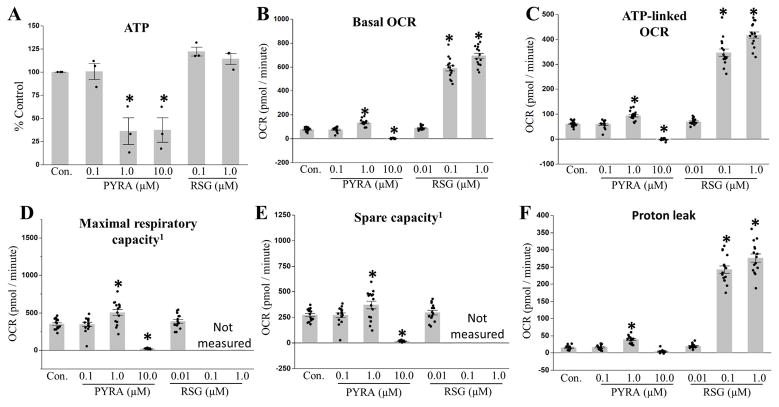Figure 3. Exposure to pyraclostrobin causes mitochondrial dysfunction.
(A) Continuous exposure to pyraclostrobin (PYRA) throughout a ten-day differentiation protocol reduced steady-state ATP levels in Zenbio 3T3-L1 cells (one-way ANOVA (p<0.0001), N=3). Interestingly, 1.0 and 10.0 μM pyraclostrobin had opposing effects (increased (1.0 μM) or decreased (10 μM)) on (B) basal oxygen consumption rate (OCR; one-way ANOVA (p<0.0001), N=15), (C) ATP-linked OCR (a measure of the amount of oxygen consumption directly linked to ATP-production; one-way ANOVA (p<0.0001), N=15), (D) maximal OCR (a measure of the maximum rate at which mitochondria can function; one-way ANOVA (p<0.0001), N=15), (E) spare respiratory capacity (maximal OCR - basal OCR; one-way ANOVA (p<0.0001), N=15), and (F) proton leak (transport of protons across the inner mitochondrial membrane independent of ATP synthase activity; one-way ANOVA (p<0.0001), N=15). Asterisk denotes statistical significance (p<0.05) for post-hoc comparison (Dunnett’s test) to control. Bars±SEM. 1Maximal and spare respiratory capacity could not be accurately measured for cells treated with 0.1 and 1.0 μM rosiglitazone (RSG), as cells rapidly depleted oxygen from the Seahorse XFe microchamber resulting in anoxia.

